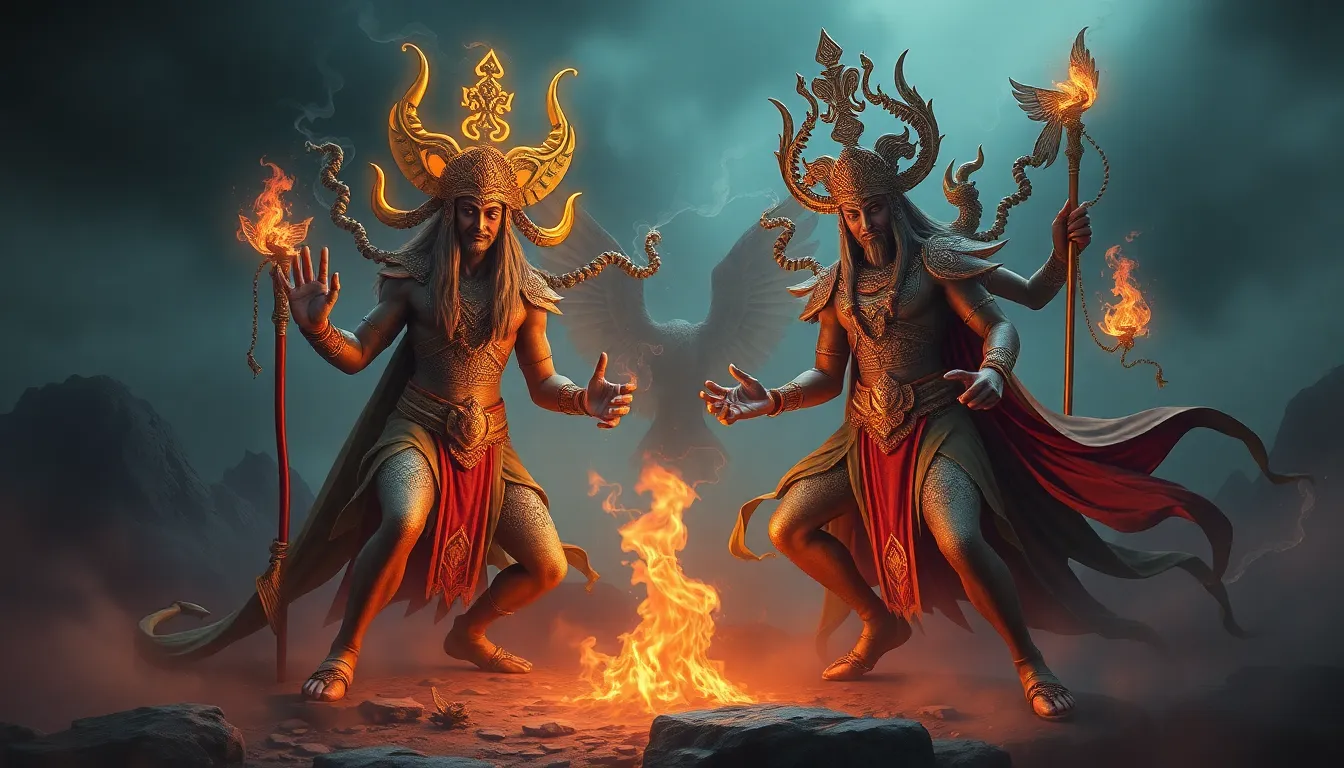The Myth of the Goddess Selket in Ancient Egypt
The ancient Egyptian pantheon is rich with intriguing and powerful deities, each with their unique myths and significance. Among these gods and goddesses, Selket, also known as Selqet or Selcis, stands out as a goddess associated with healing, protection, and magic. Let’s delve into the captivating myth of the Goddess Selket in ancient Egypt:
Who was Goddess Selket?
Goddess Selket, depicted as a woman with the head of a scorpion or simply seen with a scorpion atop her head, was revered in ancient Egypt as a guardian of magical spells and a protector from venomous creatures, especially scorpions. She was also closely linked to healing, particularly in treating stings and bites. Selket was a part of the pantheon of deities worshipped for her skills in guiding souls through the afterlife.
Role in Ancient Egyptian Society
The Goddess Selket played a vital role in the daily lives of ancient Egyptians, who often relied on her protection from scorpions, which were a common danger in their environment. Individuals would pray to Selket for healing from scorpion venom and saw her as a benevolent deity who safeguarded both the living and the dead. Priests and priestesses dedicated to her cult were tasked with performing rituals and invocations in her honor.
Associations and Symbols
Selket was associated with various symbols, including the scorpion itself, which represented her protective powers against venomous threats. She was also linked to the Ankh, the ancient Egyptian symbol of life, reflecting her role in both preserving life and guiding souls in the afterlife. In art and hieroglyphics, she is often depicted wearing a scorpion-shaped crown and holding the Ankh.
Legacy and Modern Interpretations
While the worship of Goddess Selket diminished with the decline of ancient Egyptian civilization, her legacy continues to fascinate and inspire people to this day. In modern interpretations, Selket is sometimes associated with aspects of healing, protection, and empowerment. Her connection to the natural world and symbolism of transformation through protection remain enduring themes that resonate with many.
Frequently Asked Questions about the Myth of the Goddess Selket in Ancient Egypt
Who was Selket in ancient Egyptian mythology?
Selket, also known as Selcis, was a prominent goddess in ancient Egypt associated with protection, healing, and magic. Often depicted with a scorpion on her head, she was believed to safeguard individuals from venomous bites and provide assistance in the afterlife.
What role did Selket play in Egyptian beliefs?
Selket was revered as the guardian of the deceased, protecting their bodies during the mummification process. She was also regarded as a healer, particularly in treating ailments related to poisonous stings and bites. Additionally, Selket was linked to fertility and the cycles of life and death.
Where was Selket typically worshipped?
Selket was a widely venerated goddess throughout Egypt, with significant cult centers in areas like Memphis, Thebes, and Deir el-Medina. Temples dedicated to Selket often featured intricate images and statues that emphasized her role in safeguarding the living and the dead.
What symbols were associated with Selket?
In addition to her distinctive depiction with a scorpion emblem, Selket was often represented carrying a vase or pot that symbolized protection and healing. The scorpion itself was a powerful symbol of defense and potency, reflecting Selket’s roles as a protective deity.



